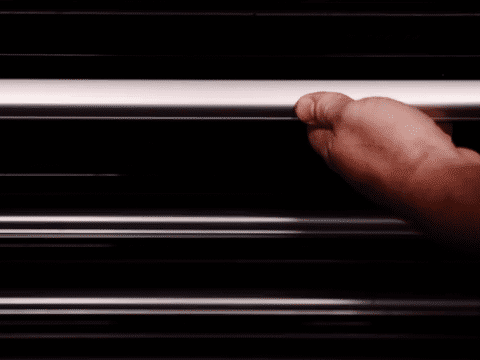Launch: We produce shafts to launch at various trajectories. All of our shafts will show launch characteristics as reflected by the most likely result of the golfer's swing. Note: Just because a shaft says it will launch higher or lower than another does not always mean it will be your experience. Golfers load and deliver shafts differently. Our designations are our best approximation as to what the shaft will do for most golfers. And here's a hint from us: We have produced color-coded launch systems for all our products dating back to 2004. Anything White is a low launch part. Blue is mid launch. Red is high launch. Orange denotes the shaft is counterbalanced.
Spin: Same logic and disclaimers as launch apply here. We produce shafts to spin at varying amounts. Some golfers hit tumblers that fall out of the sky too fast and need some more spin. Others hit moonballs that go further up in the air than out and need less spin. We've got options to help everyone. Same color code as launch: White is low spin, Blue is mid spin and Red is high spin.
Torque: A measure of how much a shaft twists. Generally, low torque would be anything in the low 3s or less. Mid torque would be anywhere from 3.3 to 5.0. Anything over 5.0 would be considered high torque. The higher the torque, the more a shaft twists. You'll usually see heavier and stiffer shafts have lower torque values. High torque doesn't mean a shaft isn't stable and low torque doesn't mean it's boardy. People have different feels and feel is always subjective.
Resin Content: As you read about shafts you'll often read things about 'resin content' or 'carbon fiber volume.' Here's the rub: The higher the carbon fiber volume of a shaft, the better it feels. But there is a trade-off with that. The higher the carbon fiber volume, the more brittle it becomes. There is no point in creating the greatest feeling golf shaft ever if it breaks as you swing it. That's where resin comes in. Resin is the necessary evil that gives the shaft strength. A really good carbon fiber:resin ratio in a shaft is about 70:30. Many of our products use cutting edge technology like our proprietary Xlink Tech Resin System that allows us to get this ratio to 75:25 and sometimes even as high as 80:20 with no sacrifice in the shaft's durability. This is where our ability to manufacture raw materials and resin systems provides us a significant material advantage.













